Overview
Domestication of animals is a continuous process that has brought about morphological and biological changes resulting in the emergence of new species. These animals hold an important cornerstone of human subsistence strategies and are integral to well-being of European economy and society. Removing the wild progenitors from their natural habits and raising them in captivity may have led to the creation of stressful environments. This would have been further exacerbated by transporting and introducing species to new environments from the subarctic to the tropics. The establishment of the first herds and then the growth of herds would have created further stress with overcrowding and pressures on forage sources. Physiological stress directly impacts the health and productivity of animals, potentially weakened the herd’s resilience to disease, and extreme climatic conditions. Specialism towards specific products, such as milk and meat, and human demographic growth may have further increased pressure on herds and therefore stress within herds. Therefore, measuring stress in animal populations can provide information about the evolution of domesticate animals and related husbandry strategies, and the impact of herd stress on cultural evolution. This project will define new ways of determining stress in herds via archaeozoology, protienomics and stable isotopes.
Baa(d) to the bone: multi proxy approach to examining stress and disease in herds
The project is in the inital phases of development with establishing the methodology to identify the stress using biomolecular markers using the rich archaeozoological material from the middle Bronze Age site of Tilla Bulak, Uzbekistan (http://www.tilla-bulak.de/). The sheep and goat mandibles from the site, show clear signs of pathologies indicating infection. The presence of calculus is evident on a high number of the teeth from the mandibles. Calculus in humans has been found to be a rich source of information about diet and microbiome. At present, this has remained an uptapped source of information about past herd health and diet. However defining what is dental calculus in animals is relatively understudy. We will define the range of substances that can be found on animal teeth using microscopy, XRF, protienomics and stable isotopes.

